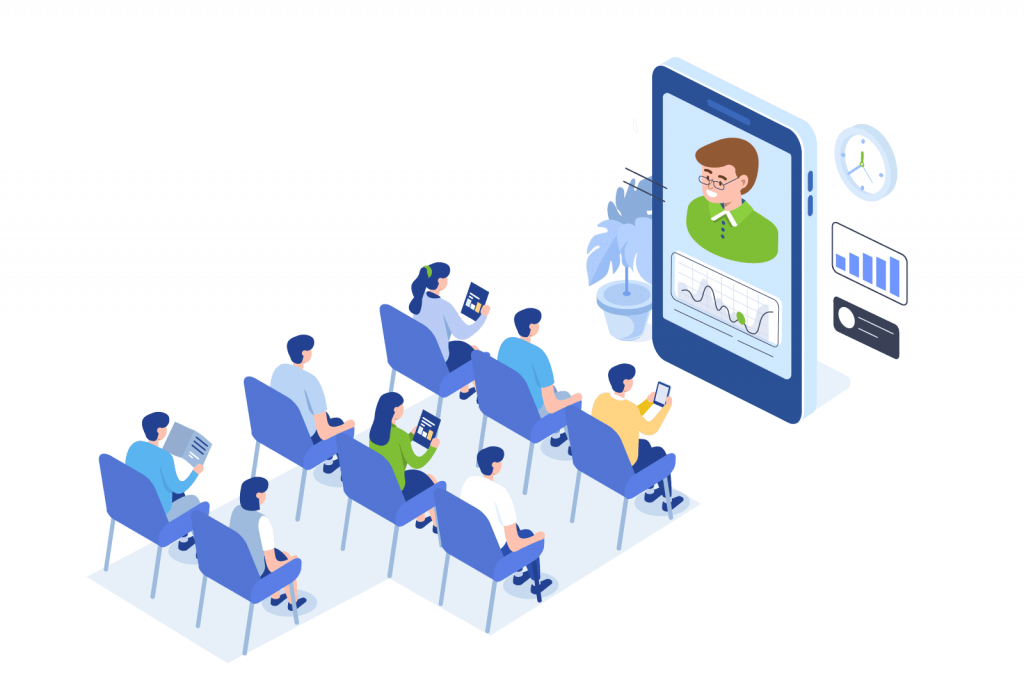How to Create a Diversity Training Program that Fosters Acceptance and Collaboration


Today’s workforce is more diverse than ever before. About one-third of workers in the United States are people of color, and women make up nearly half of the nation’s labor force. But even as our offices become more diverse, the policies many companies use to run their workplaces remain rooted in a time when the employee pool consisted exclusively of white men.
Luckily, this old-school mindset is beginning to change. Many organizations are ramping up their efforts to improve workplace diversity, implementing equitable hiring and promotion practices to ensure everyone gets an opportunity to succeed. Additionally, many businesses are making diversity training a requirement for employees, in the hopes that this will change the corporate culture and foster a welcoming environment.
It’s clear that diversity training is important for today’s workplace. But why does it matter – and how can you guarantee that your diversity training program achieves its goals? Here’s what you need to know.
The Importance of Diversity Training Programs
Diversity training has been a mainstay of corporate culture since the 1970s. Companies initially implemented these trainings to protect themselves against lawsuits following the civil rights movement, but they became more important as the labor force changed in the following decades. Now, companies must train their employees on the proper way to interact with coworkers of a different race, gender, sexual orientation, religion, and even age.
Of course, diversity training has hardly transformed the country into a bastion of equality. The Black Lives Matter and #MeToo movements have made it clear that racism and sexism are still prominent issues in America – and more and more of today’s workforce are looking to their employers to step up and make a difference. If an organization wants to keep their employees (and their customers) happy, they need to make a concerted effort to promote diversity and equality. Diversity training is a critical step in that process.
A company that celebrates diversity and fosters an accepting corporate culture is sure to earn a positive reputation among the public. However, that’s not the only benefit these employers can expect; according to a 2020 L&D report, companies that had a highly diverse workforce were more likely to enjoy sustained growth over time. This is likely because diverse workers contribute a broader range of ideas, which results in greater productivity and better employee morale.
Diversity benefits the employer, employee, and the company at large. Therefore, it’s no surprise that diversity has become a top priority for many organizations – and it all starts with a diversity training program.
How to Develop a Successful Diversity Training Program
Your organization needs a diversity training program that will resonate with your workers and have a lasting impact. But how can you make sure that happens? Here are a few ideas to help you create an engaging, educational, and (most importantly) memorable diversity training program.
Create a Plan
Like anything else you do in the workplace, it’s best to plan out your diversity training before you start designing a program. Your program should be tailor-made for your organization and built around the standards, policies, and possible scenarios your workers are likely to face in the office.
Take time to assess your company culture, your employee population, and any conflicts your workers might have expressed to their managers regarding diversity. You can use these specifics to construct a training program that directly addresses issues your workers face and ways that they can support their colleagues each day.
Mix Up Your Methods
One of the most challenging parts of creating a training program (on any topic) is finding a way to make the training engaging for everyone. No two workers are exactly alike, and therefore most of your employees will have different learning styles and interests. Some may absorb information by reading a pamphlet and filling out a workbook, while others need to watch videos or act in skits before the message sinks in.
When you design your diversity training program, make sure you use a variety of teaching methods to communicate your points. Use lectures, videos, written articles, and anything else you think will effectively drive your point home! This will help a greater number of your employees get more from the training, resulting in a more accepting workplace in the long run.
Hire an Expert
Diversity can be a very tricky subject to discuss, especially if your HR department or team leaders aren’t the most diverse group of workers. If you feel that a diversity training program is out of your depth, that’s okay – you can always get help to make your program even better.
There are several guest speakers or compliance organizations who would be happy to help you create a diversity training program that’s right for your team. Working with these experts will take your program to the next level and guarantee that this complicated topic becomes digestible for all your workers.
Use Tests and Surveys
Even if you take the time to plan, consult the experts, and design a training with a wide range of teaching methods, there’s still a chance that your training might miss the mark. How do you know if the program was successful? Simple: ask your training attendees.
Give your employees tests and quizzes throughout the training to make sure everyone is absorbing and retaining the information you’ve provided. When the training is over, subject yourself to an assessment and conduct a survey asking employees how you can improve. These metrics are a great way to measure the success of your program and help you fine-tune it for future trainings.
Keep the Training Going
Diversity training doesn’t end after one day in the conference room. Your company should make a constant effort to improve acceptance and equity throughout the organization. This means updating training to address different issues, giving employees refresher courses occasionally (these could be short videos they can watch on their own time), and checking in with employees of color to ensure their needs are met.
If you commit to creating a diverse workplace culture, you’ll find that your workers are happier, more innovative, and more productive – and that means a better working experience for everyone. Talk with an expert at ComplianceLine about our inclusivity programs.





































